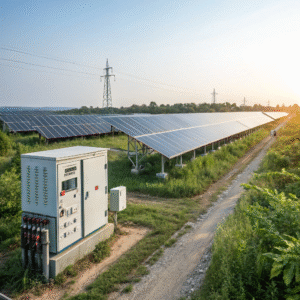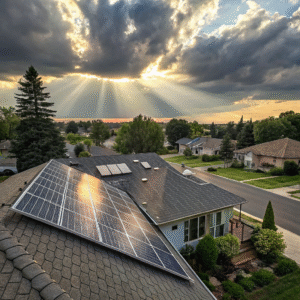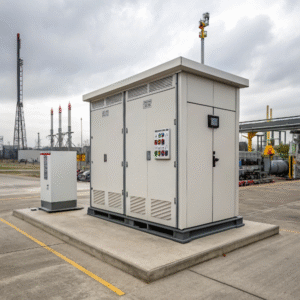Which solar panel has the highest efficiency?
by
Which solar panel has the highest efficiency?
You've invested in solar panels expecting maximum energy production, but your system isn't performing as well as promised. The efficiency of your solar panels directly impacts how much electricity you can generate from the same roof space.
Currently, monocrystalline silicon solar panels offer the highest efficiency for residential use, typically ranging from 20-22%, with premium models reaching up to 23% efficiency under ideal conditions.
While more expensive, high-efficiency panels can produce significantly more power in limited roof spaces compared to standard options.
What is the highest watt residential solar panel for home?
Homeowners want to maximize power output from limited roof space. The wattage of solar panels has been steadily increasing over the years.
The highest wattage residential solar panels currently available reach 400-450 watts, with premium models from manufacturers like SunPower, LG, and REC offering the highest power outputs in this range.
Top high-wattage residential solar panels
| Brand | Model | Power (W) | Efficiency | Size (inches) |
|---|---|---|---|---|
| SunPower | Maxeon 6 | 440 | 22.8% | 61×41 |
| LG | NeON R | 430 | 22.0% | 68×40 |
| REC | Alpha Pure R | 430 | 21.9% | 67×41 |
| Panasonic | EverVolt | 410 | 21.2% | 65×39 |
Key considerations when choosing high-wattage panels:
- Roof structural capacity (weight)
- Available installation space
- Local climate conditions
- Budget constraints
- Warranty coverage (typically 25 years)
How much power does a 400W solar panel produce?
Understanding actual energy production helps homeowners estimate potential savings and system payback periods.
A 400W solar panel typically produces 1.6-2.4 kWh per day (depending on location), which translates to 580-876 kWh annually under average conditions with 4-6 peak sun hours.
Daily power production estimates by region
| Location | Peak Sun Hours | Daily Output | Annual Output |
|---|---|---|---|
| Southwest US | 6.5 | 2.6 kWh | 949 kWh |
| Northeast US | 4.0 | 1.6 kWh | 584 kWh |
| Midwest US | 4.5 | 1.8 kWh | 657 kWh |
| Southeast US | 5.0 | 2.0 kWh | 730 kWh |
Factors affecting actual production:
- Panel orientation and tilt
- Shading from trees or structures
- Temperature (output decreases in extreme heat)
- System losses (wiring, inverter efficiency)
- Dust and dirt accumulation
How can I tell how much electricity my solar panels are generating?
Monitoring your solar production is essential for detecting issues and maximizing system performance.
You can track solar generation through your inverter's monitoring system, dedicated monitoring devices, or smart home energy monitors that provide real-time and historical production data.
Solar monitoring options compared
| Method | Data Provided | Accessibility | Cost | Ease of Use |
|---|---|---|---|---|
| Inverter Monitoring | Production, efficiency | Web/app | Included | Easy |
| Energy Monitor | Whole-home usage + solar | Web/app | $200-$500 | Moderate |
| Utility Meter | Net export/import | Physical read | Free | Difficult |
| Smart Meter | Time-of-use data | Utility portal | Free | Moderate |
Recommended monitoring practices:
- Check production daily for the first month
- Compare to expected output based on weather
- Set up alerts for significant drops in production
- Review monthly totals against utility bills
- Keep records for warranty claims
Conclusion
Choosing high-efficiency solar panels (20-23%) and high-wattage models (400W+) maximizes energy production from limited roof space. Actual output depends on location and conditions, with proper monitoring ensuring optimal performance and quick issue detection.



